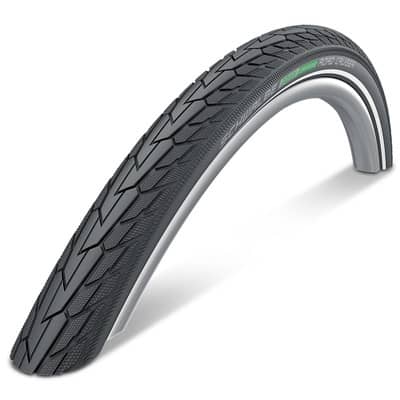Trekking tires
Here you will find trekking tires from different manufacturers in different sizes, models and widths.

22.96 €*
excl. shipping costs
In stock, available
60.90 €*
excl. shipping costs
In stock, available
23.90 €*
excl. shipping costs
In stock, available
14.90 €*
excl. shipping costs
In stock, available
32.90 €*
excl. shipping costs
In stock, available
20.90 €*
excl. shipping costs
In stock, available
16.96 €*
excl. shipping costs
In stock, available
38.90 €*
excl. shipping costs
In stock, available
SALE -{{UVPPercentDiscount}}%
-{{UVPPercentDiscount}}%
new {{jahr}}
{{#UVP}} {{UVP}} {{/UVP}} {{record.Preis}}*
{{#FreeShipping}} free shipping {{/FreeShipping}} {{^FreeShipping}} excl. shipping costs {{/FreeShipping}}
{{^onStock}}Lieferzeit: {{/onStock}}{{record.Lieferbarkeit}}
- {{caption}}
- {{caption}}
- {{caption}}
- {{caption}}
- ...
- {{caption}}
- ...
- {{caption}}
- {{caption}}
- {{caption}}
- ...
- {{caption}}
- {{caption}}
- ...
- {{caption}}
- {{caption}}
- {{caption}}
- {{caption}}
The versatility for urban adventures and tours.
Trekking tires are a highly versatile tire option designed specifically for cyclists who ride both in the city and on tours. These tires offer a balanced combination of comfort, speed and traction that is perfect for urban adventures and longer trips. Here are some important features and information about trekking tires:
1. tread and rolling resistance:
Trekking tires have a tread pattern that is somewhere between smooth and coarse. This tread provides enough traction on different surfaces, be it asphalt roads or light terrain. Rolling resistance is slightly higher compared to road-only tires, but this is offset by increased versatility and control on a variety of surfaces.
2. puncture protection:
Since trekking tires are often used for different types of road surfaces, puncture protection is of great importance. Many trekking tires are equipped with additional protective layers or technologies to minimize the risk of punctures. This is especially useful to avoid unwanted interruptions during your tours.
3. width and comfort:
Trekking tires are available in different widths, usually between 32 mm and 47 mm. The width affects the comfort during the ride. Wider tires offer better shock absorption and provide a more comfortable ride, especially on rough roads or gravel paths.
4. load capacity and loading:
Trekking tires are often capable of handling some load capacity. This makes them ideal for bikes designed for light touring or carrying luggage. Look for the tire's maximum load capacity to make sure it meets your needs.
5. Tubeless option:
Some trekking tires also offer the tubeless option. Tubeless tires have the advantage of being less prone to punctures because they are ridden without an inner tube, minimizing the possibility of punctures. They can also be repaired with sealant to instantly seal minor punctures.
Why are trekking tires so important?
Trekking tires are the ideal compromise between road tires and mountain bike tires. They allow you to perform optimally in urban environments as well as on varied tours. They offer traction, comfort and puncture protection, which are important to make your riding experience safer and more enjoyable.
















